16% OFF
Grafted Pomegranate (Bhagawa Anar variety)- Plant
₹499.00 – ₹1,349.00
- The Plant will be comes in well-stable potted condition
- The plant height will be 18-24 inches in 6 inches pot.
- The Plant height will be 24-36 inches bushy in 8 inches pot.
- Plants nature is outdoor, alternate day watering.
- Useful for medicinal Plant, fruit plants.
- Hardy and easy maintenance, Ornamental fruits plant.
- Assured Safe Delivery With Easy Replacement
Description
Grafted Pomegranate (Bhagawa Anar variety)- Plant
The Grafted Pomegranate plant, Punica granatum, is an eye-catching addition to any outdoor setting. This plant is native to the Middle East and South Asia, and it thrives in warm, sunny areas, making it ideal for outdoor gardening. One of its distinguishing characteristics is its grafted nature and which blends a strong rootstock with a good fruit-bearing cultivar. This leads in healthier, disease-resistant plants that produce more juicy, antioxidant-rich pomegranates. Pomegranate bushes typically bear fruit in late summer to early fall, adorning your yard with vivid, ruby-red gems that are brimming with taste. Embrace the beauty and flavor of this lovely plant, which will provide decorative and edible charm to your outdoor landscape. Plant, care for, and enjoy the benefits of a Grafted Pomegranate in your garden today.
Caring Tips:-
- Sunlight: These plants thrive in full sun, so choose a location that receives at least 6-8 hours of direct sunlight daily.
- Soil: Plant your Grafted Pomegranate in well-draining soil with a slightly acidic to neutral because its Amending the soil with organic matter like compost can improve its fertility and drainage.
- Watering: Pomegranates are drought-tolerant once established, but consistent moisture is crucial during their first year. Water deeply and allow the soil to dry slightly between waterings.
- Fertilization: Feed your Grafted Pomegranate with a balanced, slow-release fertilizer in the spring. Avoid excessive nitrogen, which can promote leafy growth at the expense of fruit production.
- Pruning: Regular pruning helps maintain a manageable size but encourage airflow, and promote fruit production. Prune in late winter or early spring to remove dead or crossing branches.
You may also like…
Reviews (0)
You must be logged in to post a review.

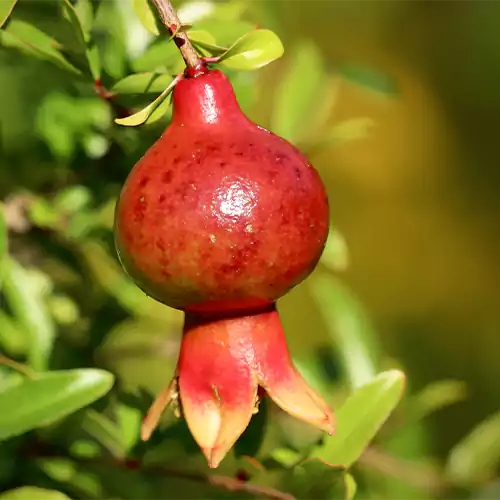


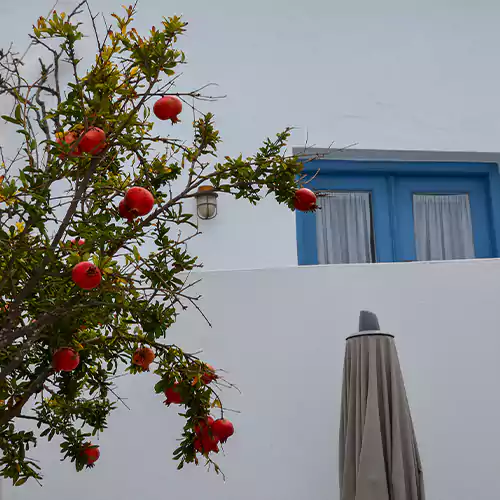

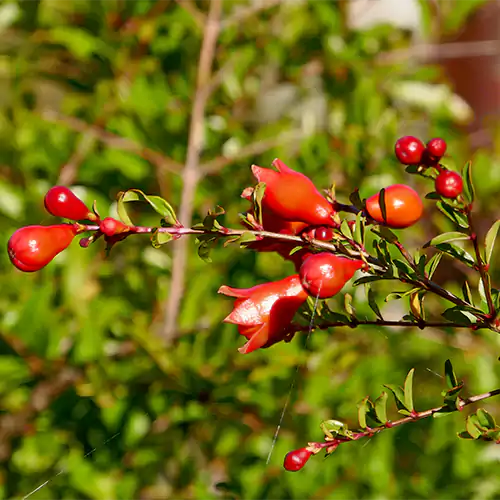
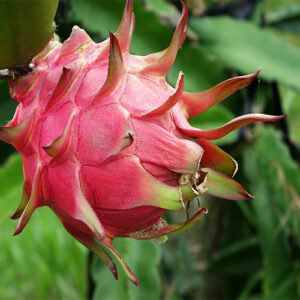
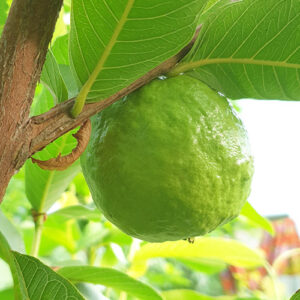
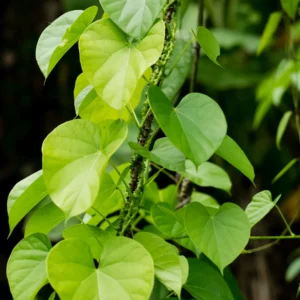
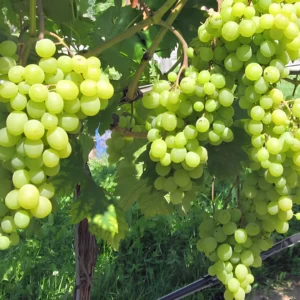
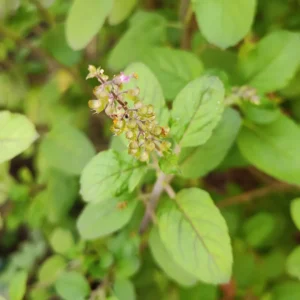
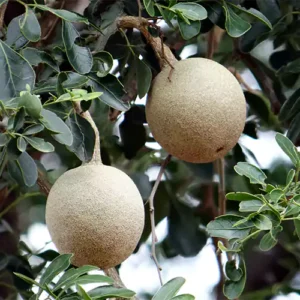
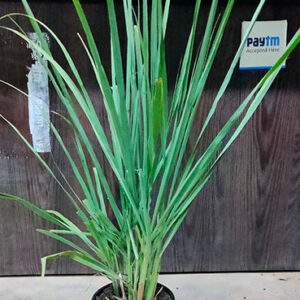
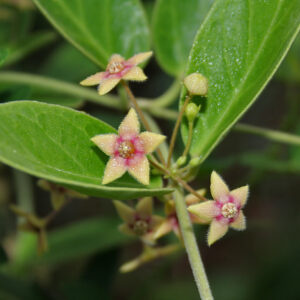
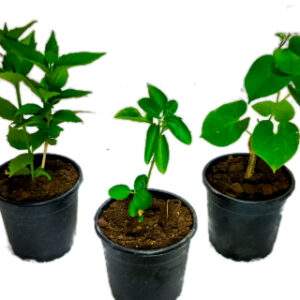
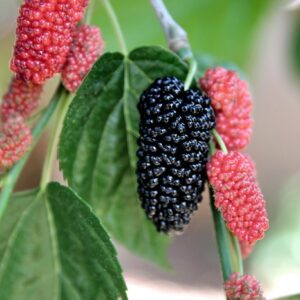
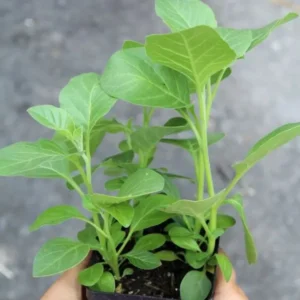
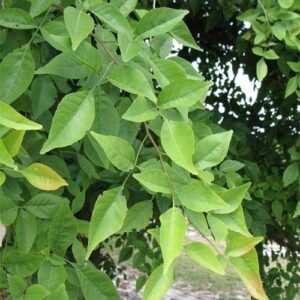
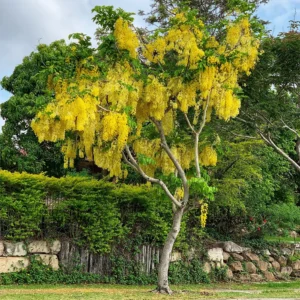
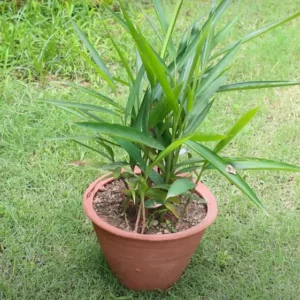
Reviews
There are no reviews yet.